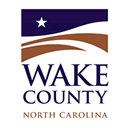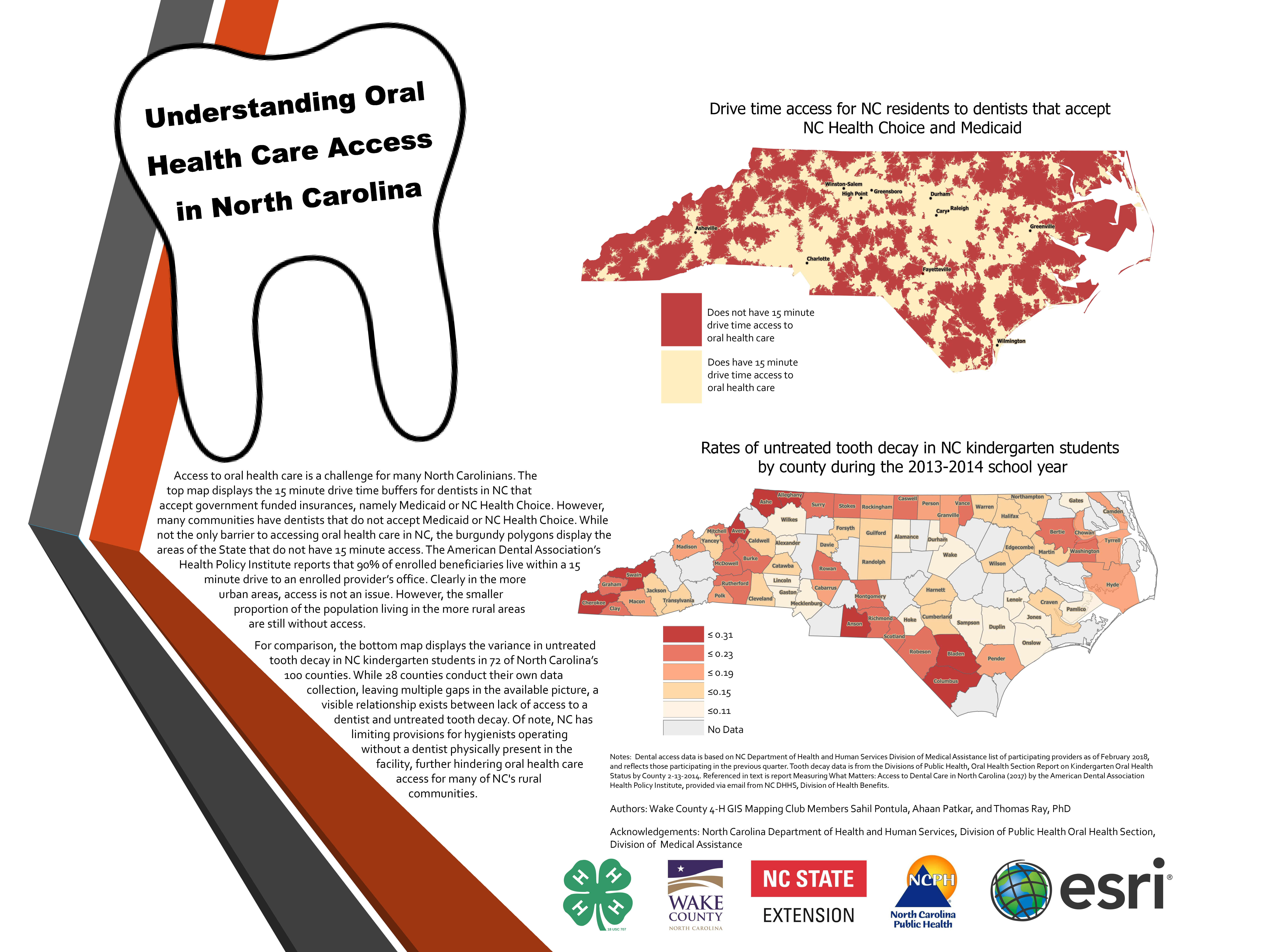Understanding Oral Health Care Access in North Carolina
go.ncsu.edu/readext?655459
en Español / em Português
El inglés es el idioma de control de esta página. En la medida en que haya algún conflicto entre la traducción al inglés y la traducción, el inglés prevalece.
Al hacer clic en el enlace de traducción se activa un servicio de traducción gratuito para convertir la página al español. Al igual que con cualquier traducción por Internet, la conversión no es sensible al contexto y puede que no traduzca el texto en su significado original. NC State Extension no garantiza la exactitud del texto traducido. Por favor, tenga en cuenta que algunas aplicaciones y/o servicios pueden no funcionar como se espera cuando se traducen.
Português
Inglês é o idioma de controle desta página. Na medida que haja algum conflito entre o texto original em Inglês e a tradução, o Inglês prevalece.
Ao clicar no link de tradução, um serviço gratuito de tradução será ativado para converter a página para o Português. Como em qualquer tradução pela internet, a conversão não é sensivel ao contexto e pode não ocorrer a tradução para o significado orginal. O serviço de Extensão da Carolina do Norte (NC State Extension) não garante a exatidão do texto traduzido. Por favor, observe que algumas funções ou serviços podem não funcionar como esperado após a tradução.
English
English is the controlling language of this page. To the extent there is any conflict between the English text and the translation, English controls.
Clicking on the translation link activates a free translation service to convert the page to Spanish. As with any Internet translation, the conversion is not context-sensitive and may not translate the text to its original meaning. NC State Extension does not guarantee the accuracy of the translated text. Please note that some applications and/or services may not function as expected when translated.
Collapse ▲Maps were created by the Wake County GIS 4-H Club for NC GIS Day
Access to oral health care is a challenge for many North Carolinians. The
top map displays the 15 minute drive time buffers for dentists in NC that
accept government-funded insurances, namely Medicaid or NC Health Choice. However, many communities have dentists that do not accept Medicaid or NC Health Choice. While not the only barrier to accessing oral health care in NC, the burgundy polygons display the areas of the State that do not have 15 minute access. The American Dental Association’s Health Policy Institute reports that 90% of enrolled beneficiaries live within a 15-minute drive to an enrolled provider’s office. Clearly, in the more urban areas, access is not an issue. However, the smaller proportion of the population living in the more rural areas are still without access.
For comparison, the bottom map displays the variance in untreated tooth decay in NC kindergarten students in 72 of North Carolina’s 100 counties. While 28 counties conduct their own data collection, leaving multiple gaps in the available picture, a visible relationship exists between lack of access to a dentist and untreated tooth decay. Of note, NC has limiting provisions for hygienists operating without a dentist physically present in the facility, further hindering oral health care access for many of NC’s rural communities.





